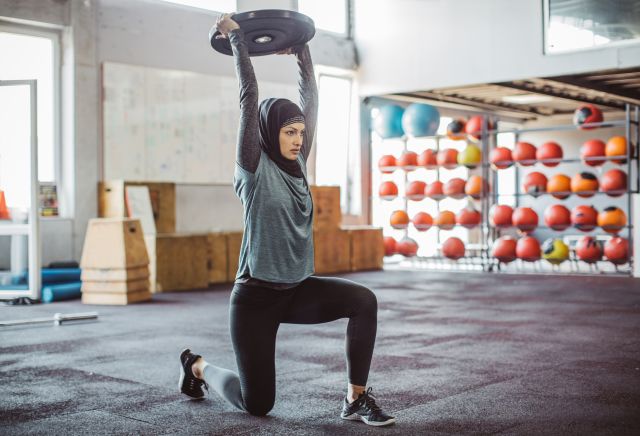Updated on September 6, 2023.
You may have heard about working at just the right intensity to hit your "fat-burning zone." Essentially, it means that when you're doing cardio, you get to work out at a slower rate (in other words, less than your maximum heart rate) while still burning fat in the process. The thinking goes that if you exercise too hard, you leave the fat-burning zone and it's associated benefits.
If this mystical cardio zone sounds too good to be true, it is, say experts.
Here’s the reality: "Slow cardio will not burn more fat," says National Academy of Sports Medicine (NASM) certified trainer Audrey Quick. "At a slower pace, a greater percentage of calories burned will be from fat, but the total calories will be lower than exercise at a more intense pace."
Working out harder, then, is still generally your best bet. But that doesn’t mean you have to spend your entire workout out of breath.
The right way to 'slow down'
"One easy way to increase the amount of fat you're burning is to add intervals,” says fitness expert Wendy Batts. "Simply vary the speed of your favorite cardio by alternating two minutes at a moderate pace with two minutes at a faster pace." If you’re a beginner, you can do 30 seconds of cardio at higher intensity and then go longer as you get stronger.
Remember: Burning fat isn't all about the cardio, so you need to incorporate resistance exercise, too. That means using weights, bands, or body-weight moves.
"A good total-body strength training program will help to increase lean muscle mass," says fitness expert Kristy Lee Wilson. And the more lean muscle you have, the more fat your body naturally burns all day long.
Whether you’re at the gym or working with a set of weights at home, you can tone your whole body with these six moves from NASM:
- Push-ups
- Pull-ups
- Shoulder presses
- Biceps curls
- Triceps kickbacks
- Squats
For a full-body workout specially tailored to your individual needs, speak with a certified personal trainer. If there’s not a trainer associated with your gym, reach out to an organization like the American College of Sports Medicine or the American Council on Exercise, who can point you in the right direction.






